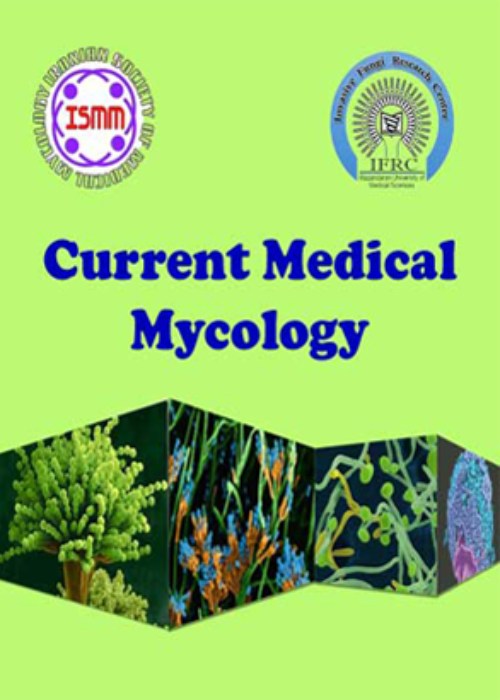A multi-centered study of Pneumocystis jirovecii colonization in patients with respiratory disorders: Is there a colonization trend in the elderly?
Pneumocystis jirovecii colonization plays a key role in the progression of pulmonary infection. However, there are limited data regarding the colonization of these fungi in the patients residing in different regions of Iran. Regarding this, the present study was conducted to evaluate the prevalence of P. jirovecii colonization in non-HIV-infected patients with respiratory failure introduced by physicians using nested polymerase chain reaction (PCR).
This study was conducted on 136 samples obtained from 136 patients with respiratory disorders referring to different hospitals in the capital and north of Iran during 2013-2015. The samples were collected using bronchoalveolar lavage (BAL; n=121) and sputum induction (n=15). Nested PCR method targeting mtLSU rRNA gene was used for the detection of P. jirovecii DNA in the specimens.
The nested PCR analysis resulted in the detection of P. jirovecii DNA in 32 (23.5%) patients. The mean age of the participants was 49.04±11.94 years (age range: 14-90 years). The results revealed no correlation between Pneumocystis colonization and gender. The studied patients were divided into two groups of immunocompromised and immunocompetent patients. In the regard, 25.4% of the patients with detectable P. jirovecii DNA were immunocompromised and had cancer, organ transplantation, asthma, sarcoidosis, dermatomyositis, chronic obstructive pulmonary disease, bronchiectasis, and pulmonary vasculitis. On the other hand, Pneumocystis DNA was detected in 21.8% of the immunocompetent patients. Frequencies of P. jirovecii DNA detection in the patients with tuberculosis, hydatid cyst, and unknown underlying diseases were obtained as 20.8%, 25%, and 22%, respectively. The prevalence of Pneumocystis colonization varied based on age. In this regard, P. jirovecii colonization was more prevalent in patients aged above 70 years.
As the findings indicated, non-HIV-infected patients, especially the elderly, had a high prevalence of P. jirovecii colonization. Therefore, these patients are probably a potential source of infection for others. Regarding this, it is of paramount importance to adopt monitoring and prophylactic measures to reduce this infection.
- حق عضویت دریافتی صرف حمایت از نشریات عضو و نگهداری، تکمیل و توسعه مگیران میشود.
- پرداخت حق اشتراک و دانلود مقالات اجازه بازنشر آن در سایر رسانههای چاپی و دیجیتال را به کاربر نمیدهد.



